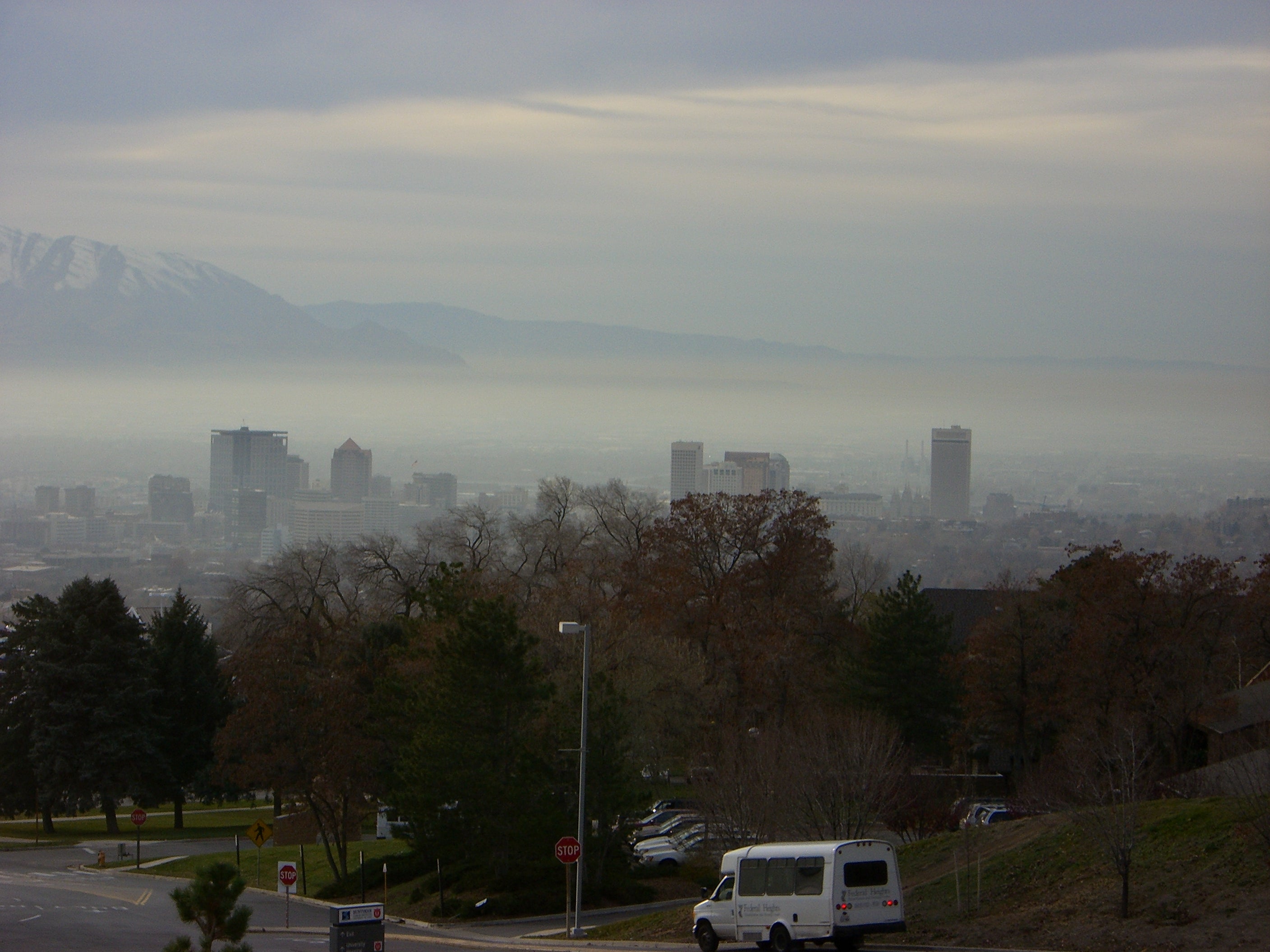Nicoyia Hurt, EDF Oil and Gas Health Policy Intern, contributed to this post

Downtown Los Angeles with misty morning smog.
This month marks the one year anniversary since the residents in Imperial County California did something pretty amazing.
After experiencing some of the highest asthma hospitalization rates in the state, the community got together to launch the IVAN air monitoring project– a community website that provides real time air quality data collected from 40 different pollution monitors across the county.
Frances Nicklen said the air monitors make a huge difference to her community.
“The placement of these 40 air monitors throughout the Imperial Valley will be very beneficial so that the people can make educated decisions to protect their health and that of their families,” she told the Comite Civico Del Valle. “We only have one valley, and we have to live here, and we need to make it a better place for all of our residents.” Read More
 Last month, Facebook announced its new $750 million data center will be located in New Albany, Ohio, just north of Columbus.
Last month, Facebook announced its new $750 million data center will be located in New Albany, Ohio, just north of Columbus.
 Over the past few years, Chicago has established itself as a leader in energy-efficient buildings.
Over the past few years, Chicago has established itself as a leader in energy-efficient buildings.